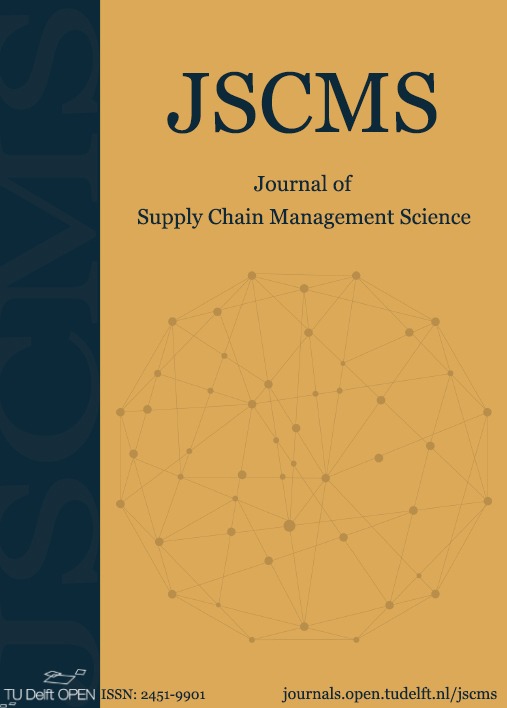The changing role and behaviour of consumers in last mile logistics services: A review
DOI:
https://doi.org/10.59490/jscms.2023.7265Abstract
The growth of e-commerce and omnichannel retailing has led to significant changes in urban logistics deliveries. In addition to the traditional delivery channels, new solutions have been introduced, such as click-and-collect, parcel locker delivery, crowdshipping, and on-site delivery. However, such solutions require seamless connections between different layers of the city logistics system. These connections form, in the Physical Internet terminology, a “hyperconnected city”. In this context, how do consumers make decisions about logistics services, either as prospective users or as suppliers of last mile logistics services? We argue that a thorough understanding of consumers’ decision-making about last mile services is a prerequisite for the effective exploration of future demand for these services and the design of transport policies. While there is abundant literature on new approaches of last mile logistics, a review of research on consumers’ decision-making and participation in such services is absent. This paper aims to provide such a review and, based on this, provides directions for future research. Based on the existing literature, we propose a conceptual framework that categorises decisions and system attributes affecting consumers’ decision-making. Highlights for future research include interaction between consumers’ demand and supply decisions, changes in consumer preferences, the importance of social networks, and the city-level impacts of hyperconnected last mile delivery.
Downloads
Published
How to Cite
Issue
Section
License
Copyright (c) 2023 Journal of Supply Chain Management Science

This work is licensed under a Creative Commons Attribution 4.0 International License.
JSCMS is licensed under a Creative Commons Attribution 4.0 International (CC BY 4.0) licence. The license means that anyone is free to share (to copy, distribute, and transmit the work), to remix (to adapt the work) under the following conditions:
- The original authors must be given credit
- For any reuse or distribution, it must be made clear to others what the license terms of this work are
- Any of these conditions can be waived if the copyright holders give permission
- Nothing in this license impairs or restricts the author's moral rights


